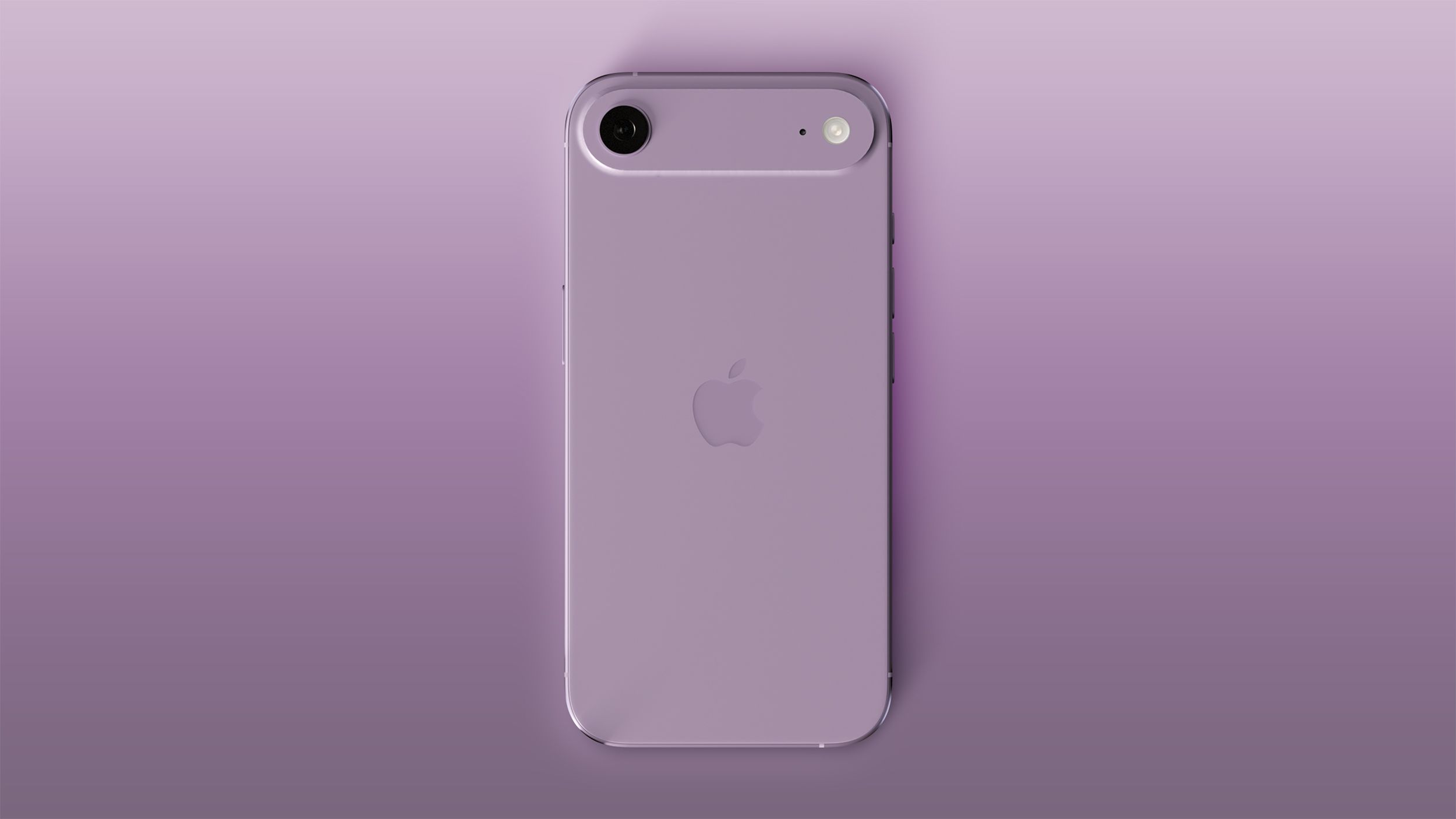Real-World Examples of Mobile App Maintenance Success
Mobile app maintenance includes updating features, fixing bugs, enhancing security, and ensuring compatibility with new OS versions and devices.

In the fast-paced world of mobile technology, launching an app is just the beginning. The real challenge lies in maintaining the app post-launch—ensuring it runs smoothly, stays relevant, and adapts to changing user expectations and operating environments. Mobile App Maintenance Services includes updating features, fixing bugs, enhancing security, and ensuring compatibility with new OS versions and devices. Companies that prioritize consistent and strategic maintenance often see substantial benefits. Here are several real-world examples that demonstrate how effective mobile app maintenance can lead to long-term success.
1. Instagram: Continuous Evolution for User Engagement
Instagram is a textbook example of how diligent mobile app maintenance can lead to global success. Initially launched in 2010, Instagram was a simple photo-sharing app. However, its ongoing updates and feature enhancements have helped it evolve into a multi-functional social media platform with over 2 billion monthly active users.
Maintenance Strategies:
-
Frequent UI/UX improvements to align with user behavior trends.
-
Continuous introduction of new features such as Stories, Reels, and Shopping.
-
Regular bug fixes and performance optimizations to ensure a smooth experience.
Impact:
These consistent improvements have helped Instagram maintain high user engagement and remain competitive against platforms like TikTok and Snapchat. Their success underscores the value of proactive maintenance that focuses on evolving user expectations.
2. Uber: Scalability Through Maintenance
Uber’s app needs to handle millions of users and drivers across the world. Its success largely depends on how reliably it can connect users in real time, calculate fares, provide route optimization, and handle secure payments. Behind this seamless experience lies an aggressive app maintenance strategy.
Maintenance Strategies:
-
Real-time bug detection and resolution systems.
-
Performance tuning to manage global scale and data loads.
-
Continuous integration and deployment pipelines to push updates quickly.
Impact:
Uber’s ability to enter new markets, add new features like UberEats and bike rentals, and remain highly responsive to local regulations and user feedback is largely due to its commitment to app maintenance. The result is a robust, scalable app ecosystem trusted by users worldwide.
3. Spotify: Personalization Through Regular Updates
Spotify has transformed how people consume music through its personalized listening experience. But this level of customization and real-time functionality is only possible through persistent maintenance efforts.
Maintenance Strategies:
-
Regular updates to improve the recommendation algorithms.
-
Frequent A/B testing to optimize features like playlists and UI changes.
-
Swift adaptation to OS changes, especially on Android and iOS.
Impact:
Spotify’s user satisfaction and retention rates remain high due to its continuous improvement efforts. Maintenance ensures that new features like group listening, podcast integration, and lyrics synchronization function seamlessly and enhance user engagement.
4. Netflix: Consistency Across Platforms
Netflix’s app runs on a wide range of devices—from smartphones and tablets to smart TVs and gaming consoles. Maintaining consistency and quality across such a diverse ecosystem is a monumental task that Netflix manages impressively well.
Maintenance Strategies:
-
Cross-platform maintenance to ensure a uniform experience.
-
Proactive updates to adapt to changing internet speeds and streaming requirements.
-
Security patches and content management updates deployed regularly.
Impact:
The ability to stream HD content smoothly across different devices, adapt to bandwidth availability, and continuously push new features like "Play Something" or downloadable content, all stem from Netflix's unwavering maintenance strategy.
5. WhatsApp: Security and Stability First
WhatsApp’s core value proposition is secure, reliable messaging. With over 2 billion users, any maintenance lapse can have a massive impact. WhatsApp prioritizes app maintenance for performance and security, which has been central to its success.
Maintenance Strategies:
-
End-to-end encryption updates to safeguard user data.
-
Rapid bug fixes and server-side patches.
-
Minimalistic updates that enhance features without bloating the app.
Impact:
WhatsApp’s continued popularity—even in regions with limited internet bandwidth—shows the value of optimizing performance and security. The introduction of features like disappearing messages and multi-device support reflects a careful, user-centric maintenance strategy.
6. Headspace: User-Centric Improvements
Headspace, the popular meditation and wellness app, is a smaller-scale example that proves even niche apps can thrive through effective maintenance. Their app is designed to reduce stress, improve focus, and support sleep.
Maintenance Strategies:
-
Regular content updates to keep meditations fresh and relevant.
-
Performance enhancements to reduce load times and app crashes.
-
User feedback loops to refine features and user flows.
Impact:
With a user base that spans across all age groups and tech-savviness levels, Headspace’s regular updates and bug fixes have helped it stay user-friendly and impactful, leading to strong retention rates and positive reviews.
Conclusion
Mobile app maintenance is not just about fixing bugs—it's a strategic, ongoing process that directly impacts user experience, app performance, and ultimately, business success. From tech giants like Instagram and Uber to specialized apps like Headspace, these real-world examples prove that investing in mobile app maintenance pays off in user loyalty, scalability, and long-term relevance.
For businesses looking to develop or scale a mobile app, these stories highlight the importance of prioritizing post-launch strategies. Ongoing maintenance should be built into the app’s lifecycle from day one to ensure consistent growth and adaptability in an ever-evolving digital landscape.






































































